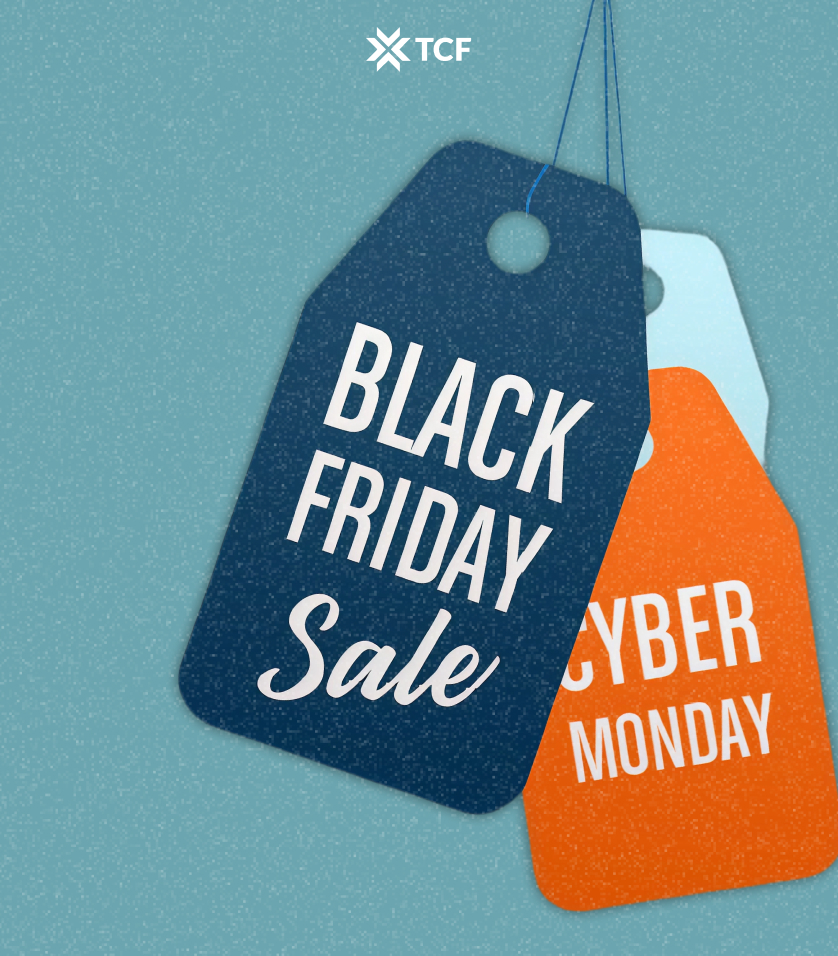Customer acquisition used to be the hero metric. Now it’s the budget drain.
Ads cost more, attention spans are shorter, and everyone’s fighting for the same click. The smarter play? Getting more value from the customers you already have.
Your existing customers already know your brand. They’ve bought, trusted, and interacted with you. The question is how to make each of those relationships worth more through smarter offers, better timing, and experiences that quietly build loyalty.
This article breaks down how ecommerce brands can increase customer value with strategies that actually work in the real world. You’ll find practical frameworks, data-backed ideas, and real examples from brands that turned one-time buyers into reliable revenue. The goal: help you earn more from every customer you’ve already won.
[[cta5]]
The Three Levers of Customer Value and How They Move the Needle
Customer lifetime value, or CLV, measures how much total revenue a single customer brings to your brand over time. It’s the north star for long-term growth because it shows how well you turn one-time buyers into loyal, high-value customers.
CLV might sound complex, but it’s built on three simple levers that work together:
1. Average Order Value (AOV)
How much a customer spends each time they buy.
AOV grows through smarter product pairings, bundles, and timing. Think of the last time you bought skincare. Brands that suggested matching serums or added “complete the set” options didn’t leave it to chance. They made it easy to spend more.
2. Purchase Frequency
How often they come back.
This is where retention comes in: post-purchase emails, re-engagement offers, subscriptions, and loyalty programs. Even a small bump in purchase frequency can dramatically lift lifetime value. For example, a customer who buys four times a year instead of three instantly adds 33% more revenue without extra ad spend.
3. Customer Lifespan
How long the relationship lasts.
The longer a buyer stays active, the more chances you have to sell, upsell, and create loyalty. Great service, consistent quality, and a strong sense of community all extend that lifespan. Chewy, for instance, keeps customers for years by pairing subscriptions with genuine, personalized care turning transactions into relationships.
The formula is simple: Customer Lifetime Value (CLV) = Average Order Value × Purchase Frequency × Customer Lifespan
Every retention tactic, loyalty incentive, or marketing experiment should lift at least one of those levers. When all three move together, growth compounds naturally, and your revenue becomes far less dependent on constant new customer acquisition.
How to Increase Average Order Value (AOV)
Every order is an opportunity to lift revenue without chasing more traffic. Higher AOV means every sale contributes more to your bottom line, and often, your customers walk away happier because they got more value from the experience.
Here’s how to raise it strategically:
1. Bundle products with intent
Bundles only work when they make sense. Pair items that genuinely complement each other like a cleanser, toner, and moisturizer for skincare, or a mug, coffee beans, and scoop for home goods.
Use visuals and small incentives (“Save 10% when you buy the set”) to make it feel like an upgrade.
2. Add upsells and cross-sells at the right moment
The key is timing. Pop-ups or in-cart suggestions should appear when customers are already ready to buy, not when they’re still browsing.
Offer logical add-ons: a sleeve for a laptop, filters for a coffee machine, or a travel-size version of a favorite product.
Keep it relevant, quick to accept, and one click away.
3. Introduce free shipping thresholds
Few tactics move AOV faster. Set your free-shipping threshold just above your current average order. If customers typically spend $48, offer free shipping at $60.
That small gap encourages bigger baskets without needing a discount.
4. Offer premium or limited editions
Create higher-value versions for customers willing to spend more. Think deluxe gift sets, limited seasonal packaging, or exclusive collaborations.
These appeal to your most loyal segment and give them a reason to upgrade.
5. Recommend products using data
Product recommendations based on browsing or purchase history consistently outperform generic upsells.
Tools like Klaviyo, Rebuy, or Shopify’s built-in recommendations can show what others with similar carts bought, subtly guiding customers toward higher-value purchases.
When AOV optimization hits the sweet spot, it feels like great service, not a sneaky upsell. The goal is to make customers walk away thinking, “Wow, they really got me,” in the best way possible. They should leave with everything they needed and one delightful extra they didn’t plan on but now can’t live without.
How to Increase Purchase Frequency
Getting customers to come back more often is the fastest path to higher lifetime value. You’ve already paid for that first conversion. Every return visit costs less and compounds your revenue.
Here’s how to make repeat buying feel natural:
1. Create post-purchase touchpoints that add value
Don’t stop communicating after checkout. Follow up with tips, tutorials, or styling guides that help customers use the product better.
For example, a skincare brand can send a “How to layer your new routine” email a few days after delivery.
It builds trust, reduces buyer’s remorse, and subtly sets up the next purchase.
2. Use replenishment and reminder flows
For products that run out like coffee, supplements, beauty serums, or pet supplies, replenishment plans are gold. Let customers subscribe once and get automatic refills every 30, 60, or 90 days. Add a small perk (10% off or free shipping) and convenience turns into loyalty.
But not everyone will commit right away, so use reminder flows as a safety net. A simple “Running low?” email or text nudges one-time buyers to restock before they forget, keeping your product in their routine and your brand in their mind. These reminders are some of the easiest wins in email marketing automation.
3. Launch a loyalty or rewards program
A strong loyalty program builds consistent buying habits and keeps customers engaged over time. Reward purchases, reviews, referrals, or social shares to build consistent engagement.
Tiered programs like Sephora’s Beauty Insider keep customers motivated to reach the next level, which naturally increases purchase frequency.
4. Stay present between purchases
Social content, UGC reposts, and educational newsletters keep your brand top-of-mind.
Don’t sell every time. Share ideas, updates, or behind-the-scenes moments that make customers feel part of the brand’s world.
The stronger the emotional link, the shorter the gap between orders.
5. Offer limited-time collections or product drops
Scarcity drives action. Seasonal collections or small-batch drops give existing customers a reason to check back regularly.
Make early access a perk for repeat buyers. It signals value and builds anticipation.
6. Segment and personalize your re-engagement campaigns
Generic “come back soon” emails don’t move the needle. Segment by purchase history or interest.
For example, a homeware brand could send candle buyers an exclusive preview of its next scent line, while cookware customers see new utensil sets. When customers feel seen, they return more often.
Increasing purchase frequency comes from staying relevant and showing up at the right moments. Each touchpoint should feel like a friendly nudge. More “Hey, you’d love this” than “We need your money again.”
How to Increase Customer Lifespan
Customer lifespan is how long someone stays active with your brand. The longer that relationship lasts, the more chances you have to engage, delight, and earn repeat revenue. Longevity grows from trust, consistency, and a brand experience that keeps people genuinely invested.
Here’s how to extend that connection:
1. Deliver standout customer service
People remember how you solve problems more than the problems themselves. Fast, empathetic responses turn mistakes into loyalty moments.
Think of Chewy sending handwritten cards or replacing items without a fight. Small gestures like that build long-term trust no discount ever could.
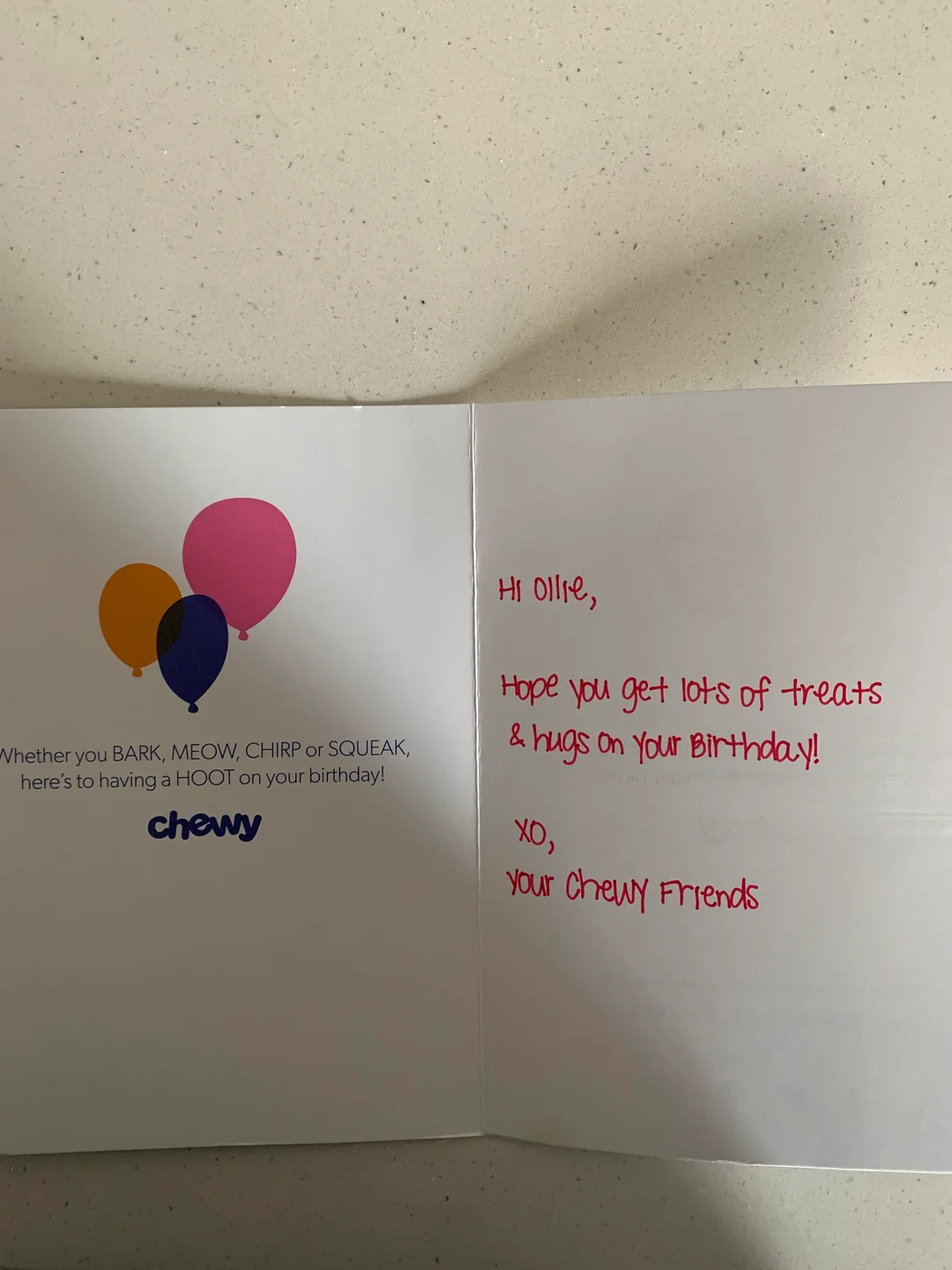
2. Make returns easy and painless
Complicated return policies shorten customer lifespan. When shoppers feel confident they can return or exchange easily, they’re far more likely to buy again.

Offer clear instructions, prepaid labels, or instant store credit. It signals reliability and respect.
3. Keep improving your products
Great retention starts with great products.
Collect feedback regularly, spot recurring issues, and show customers that you’re listening. When they see your brand evolve because of their input, they stick around longer.
4. Build a community around your brand
Create spaces where customers can connect with you and each other. Whether it’s a Facebook group, Discord channel, or hashtag challenge, community turns casual buyers into loyal fans.
Sephora’s Beauty Insider Community and Glossier’s Slack groups are proof that shared spaces spark loyalty that lasts years.
5. Reward milestones and celebrate loyalty
Show appreciation beyond discounts.
Send surprise gifts after a certain number of orders or a “Happy Anniversary” message on their first purchase date.
Recognition builds attachment, and attachment keeps people coming back.
6. Stay consistent in tone and experience
Consistency makes people trust you. From packaging and support emails to product quality, every touchpoint should feel like the same brand showing up again: familiar, reliable, and worth sticking with.
Customer lifespan grows when people feel cared for, seen, and confident they’ll get a smooth experience every time. It’s less a secret strategy and more a long game of showing up, doing it right, and proving you’re not a one-hit wonder.
Common Mistakes That Shrink Customer Value
Even smart brands slip up when it comes to retention. These mistakes don’t always crash revenue right away, but they quietly chip away at loyalty, frequency, and trust.
1. Overloading on Discounts
Discounts can work short-term but teach shoppers to wait for the next sale. If every win-back email screams “20% OFF,” customers stop seeing value and start seeing deals. The result: thinner margins and no loyalty.
2. Copy-Paste Personalization
Adding a first name to an email doesn’t count as ecommerce personalization anymore. Lazy targeting or irrelevant recommendations can backfire fast. Real personalization feels helpful and never creepy or random.
3. Ignoring Customer Feedback
Brands that don’t listen lose context. Negative reviews, DMs, or survey responses are gold for improving both product and experience. When you ignore them, customers assume you don’t care and they’re probably right.
4. Making It Hard to Come Back
Complicated logins, clunky returns, and slow shipping kill repeat sales faster than a bad product. If a customer can get a smoother experience elsewhere, they will. Convenience is retention fuel.
5. Forgetting the “Human” in Customer Experience
Automation is great until it replaces warmth. Small touches like a thank-you note, a funny post-purchase email, or quick customer support make customers feel valued. Without that, you’re forgettable.
Conclusion
Customer value builds through small, consistent moves that make people want to stay. Every thoughtful email, smooth return, or perfectly timed offer adds another layer of trust. Over time, that trust turns into repeat sales, loyalty, and steady growth.
Keep the focus on your three levers: average order value, purchase frequency, and lifespan. Treat them as part of how your business runs, not a campaign you dust off once a year. When they work together, your growth stops depending on constant new traffic and starts running on real relationships.
Think less one-night sales, more long-term relationships. Create experiences that make customers want to come back, talk about your brand, and keep choosing you again and again. That’s how you build customer value that actually lasts.
[[cta5]]
.jpg)
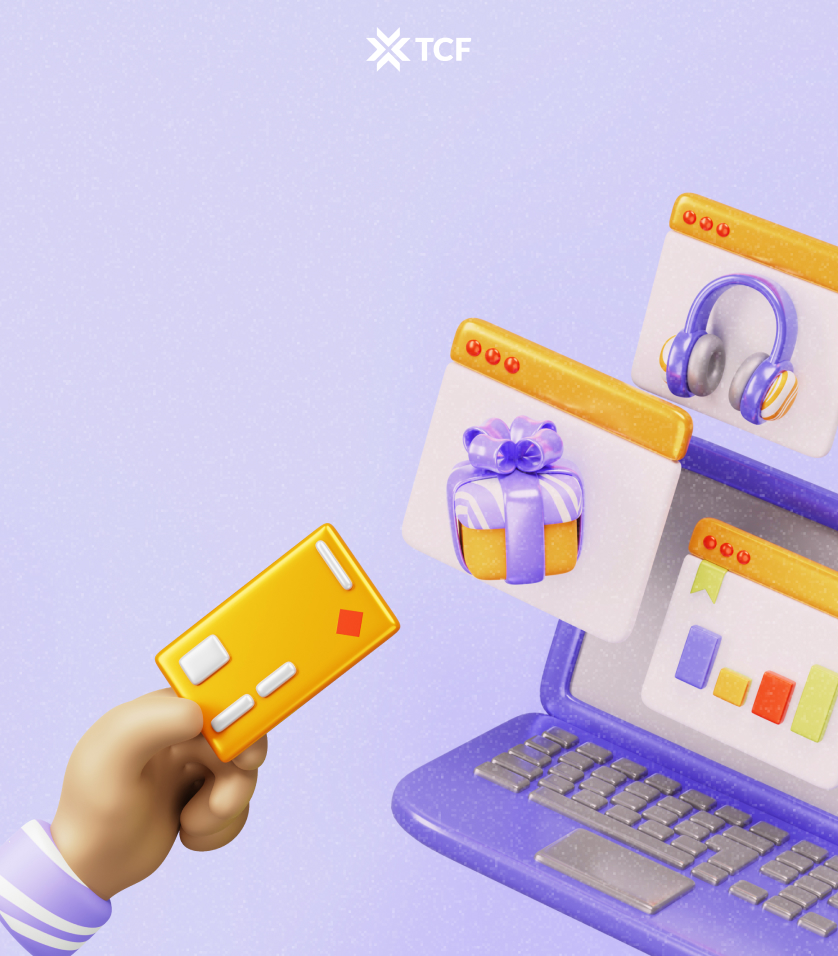



.png)
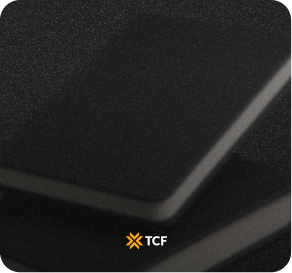

.png)


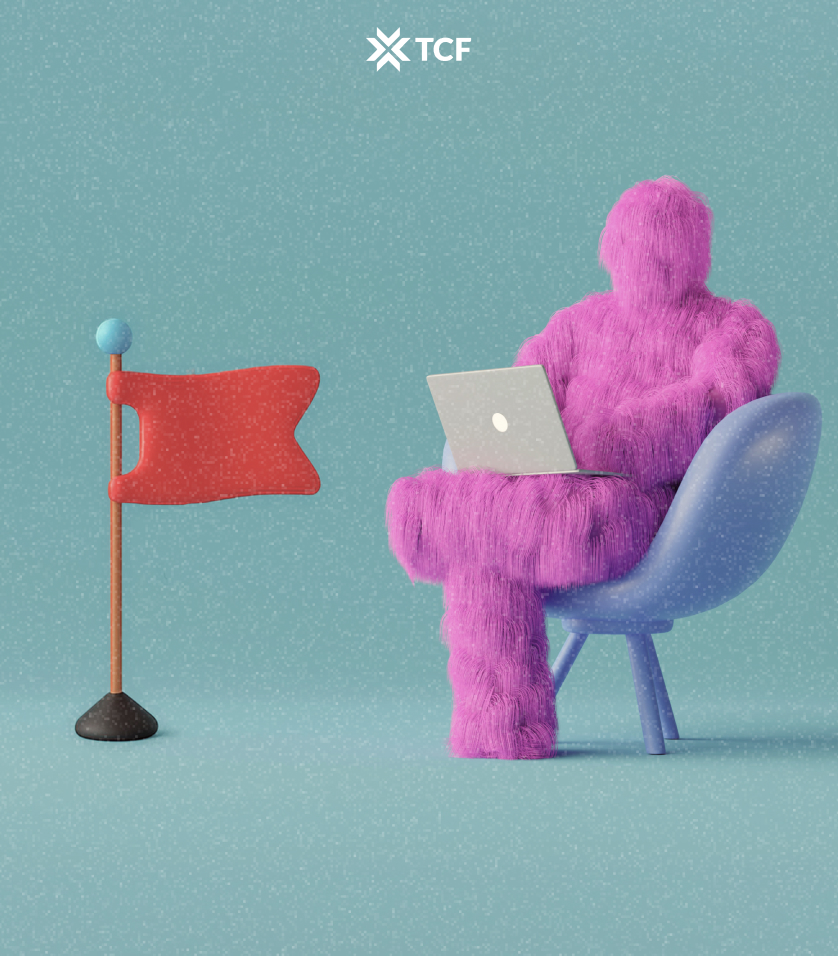
.jpg)
